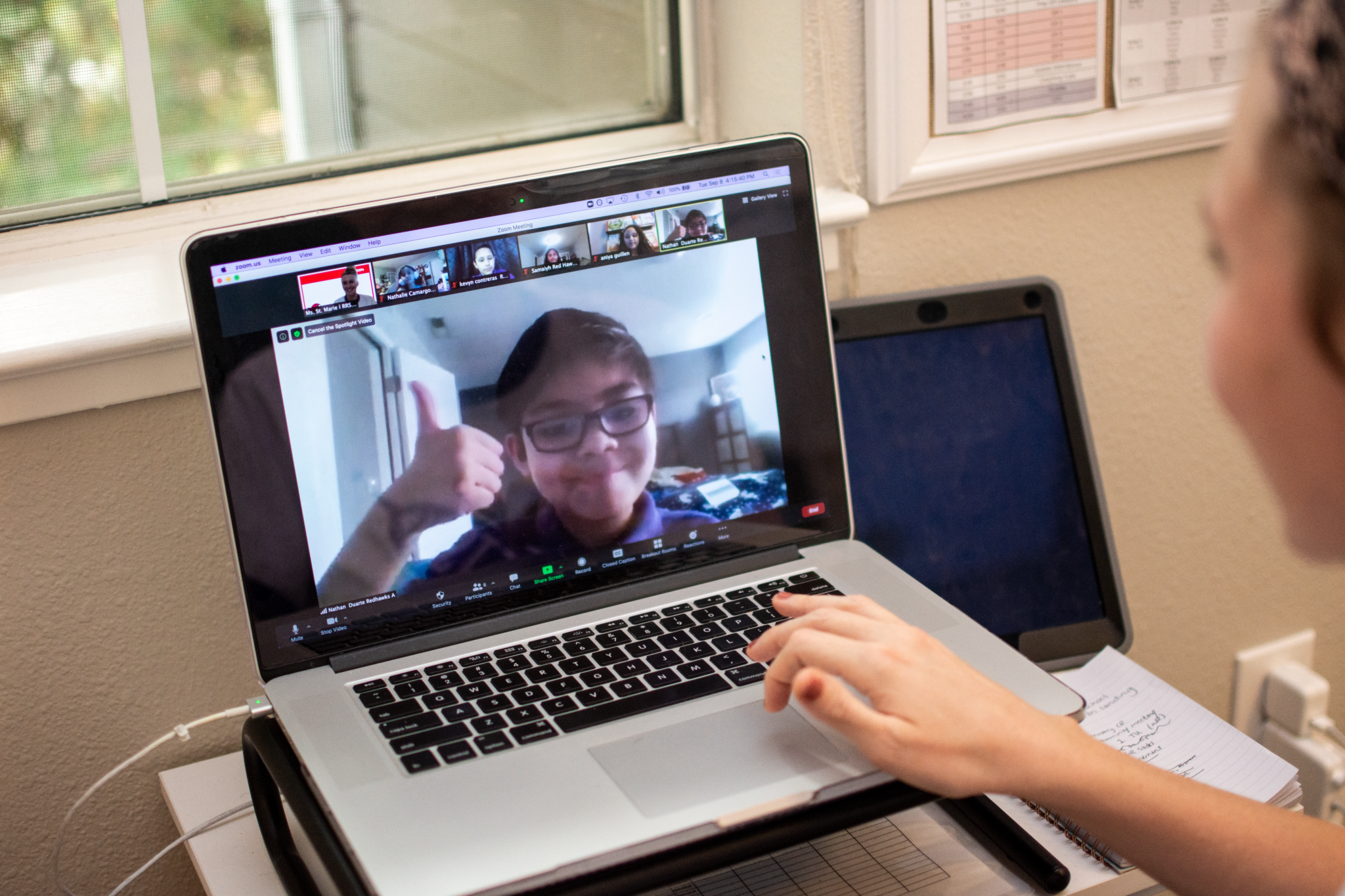
Using the Three E’s of Education to Navigate a Virtual Classroom
James Cross, 4th Grade Teacher, Rocketship Nashville Northeast Elementary
Welcome! If you found your way here, it is likely because virtual teaching has proven to have more twists and turns than your favorite county fair roller-coaster. And, you are probably determined to not only make virtual learning work, but make it beneficial for you and your students! We’re glad you’re here.
Let’s be honest, teaching in a virtual world is new and not what anyone expected. Online classes have been a part of education for years now, but no one could have predicted we would be at a point where virtual school would become a normalized mode of teaching. The good news is that while virtual teaching is inherently different than a traditional school day, great teaching will always be great teaching. And great teachers will always be great teachers.
We know what works in our classrooms. Teachers are masters of reading a room, switching things up, and making the impossible happen. A new question persists though; how does this happen in a digital or virtual setting? The answer is both simple and complex.
As teachers, we do what we have always done, we do whatever it takes to reach our students. We lean on the foundational truths of teaching and learning in order to make a virtual classroom come to life. During this time, we’ve experimented with a range of things. The result? Engaged virtual classrooms with an average attendance of 93.4%.
That’s part of the reason why we’ve launched _______ – a free, resource hub that gives teachers timely tips for virtual teaching centered around the three E’s of education; Engagement, Equity, and Empathy.
Engagement refers to the level of effort, motivation, and curiosity our students show towards their learning. It also refers to the amount of passion families place on being an active part of their students’ learning. Engagement also includes how we, as teachers, are planning and preparing intentional opportunities for students to connect to their learning. It encourages us to examine when are students really involved and getting messy with their work. Are students simply listening to you talk about their objective or are they responding to the objective in a collaborative Google Slide with three other partners?
Equity when used with intention, questions how we are meeting the individual needs of our students. How do we ensure ALL children receive what they need regardless of current circumstances and distance? Equity is intentionally meeting the needs of all learners. It’s ensuring all students have access to the technology they need. It also prioritizes small groups for students who need them the most.
Empathyrequires us to teach with an open heart. We give grace to ourselves, to families, and our students because we know everyone is doing their best. A virtual world limits our social interactions and leaves many of our emotional needs unmet. Empathy is how we care for each other given the uncertainty of the times. Empathy could be starting the day with a quick moment to see how everyone is feeling or strategically teaching a social-emotional lesson.
At the end of the day, there is no one way to virtual teach. There is no one curriculum, technique, or technology that will meet all of our new needs. But there is a vast amount of ideas that will help us navigate this journey together!
Join our teachers in Nashville, Tennessee, as we unpack each E with blog posts, videos, and webinars. We all have to start somewhere, and the best place to start, is here and now!
Published on October 8, 2019
Read more stories about: Tips for Engagement.


